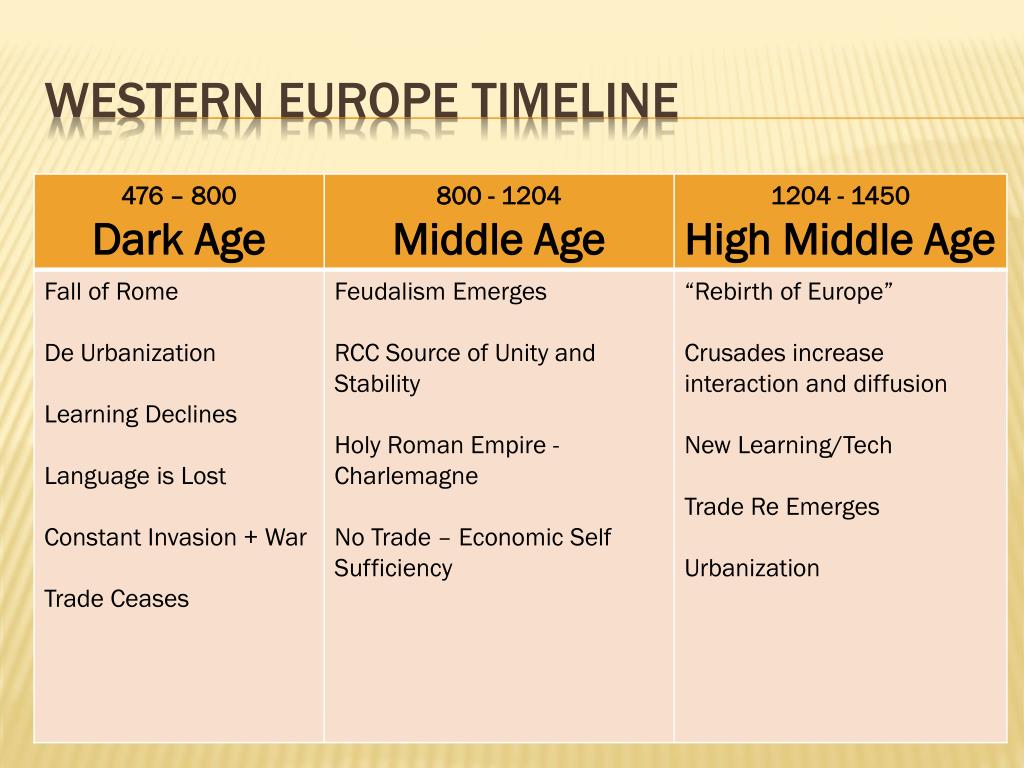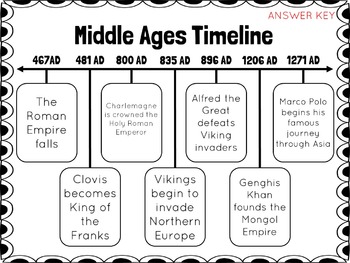

From 718 to 1492, Christian Kingdoms in Europe and Muslim Moors fought a series of wars for the control of the Iberian Peninsula.The dispute ended with the Battle of Hastings which killed King Harold and crowned William as the new king. As a result, three kings claimed the throne including King Harald Hardrada of Norway, Earl Harold Godwinson of England, and Duke William of Normandy. In 1066, Edward the Confessor, King of England died without any heir.

By signing the document, the King of England was obliged to run a fair government and protect people’s rights.

Despite being skilled workers during this period, women were not allowed to join or form their own guild. They had well-defined positions including apprentices, journeyman, and masters. Some examples were guild for weavers, dyers, armorers, painters, masons, bookkeepers, bakers, and candlemakers. Each guild had specialties and was able to move up the social ladder through hard work. Groups of craftsmen called guilds also emerged during this period.Lords and Barons swore their oath of fealty to the king. During this period, about 90% of the population worked on lands as peasants or serfs. Manors were composed of large castles surrounded by small villages and a local church.In exchange, peasants were allowed to live on the land with protection from local lords in case of invasion. These landowners needed peasants to plant and harvest their lands. During the Middle Ages, feudal society worked as the king granted vast lands called fiefs to noblemen and bishops.When a person was born into a certain group, they rarely moved to another level. The people who were part of the church played an important part too. This system consisted of kings, lords, knights, vassals, and peasants. The Middle Ages was defined by a Feudal system in much of Europe.The on and off crusades lasted until the end of the 15th century which brought European culture to Jerusalem and Muslim culture to Europe. In 1095, Pope Urban II called every Christian in Europe to expel the Muslims (infidels) from the Holy Land.Moreover, it was the Catholic Church that maneuvered military expeditions to Jerusalem, commonly known as the Crusades, during the late 11th century. One of the examples was when Pope Leo III named Charlemagne as the Holy Roman Emperor in 800 CE. During the Medieval period, the Catholic Church became the most dominant and powerful institution in Europe influencing the monarchs.Some called the early period the Dark Ages when Europe was overrun by the Byzantines and Arabs. During the Renaissance, scholars and thinkers began to call the preceding era as the Middle Ages as it separated the culture of ancient Rome and Greece, and the Renaissance.Historians usually divide the Middle Ages into three smaller periods called the Early Middle Ages, the High Middle Ages, and the Late Middle Ages.It occurred between the fall of the Roman Empire and the Renaissance. The Middle Ages refers to a time in European history from 400-1500 AD.

#MIDDLE AGES TIME PERIOD FACTS DOWNLOAD#
See the fact file below for more information on the Middle Ages or alternatively, you can download our 21-page Middle Ages worksheet pack to utilise within the classroom or home environment. It began with the collapse of the Western Roman Empire and merged into the Renaissance and the Age of Discovery. In European history, the Middle Ages, or Medieval period, lasted from the 5th to the 15th century. After completing these worksheets students will be able to:.Download the Middle Ages Facts & Worksheets.


 0 kommentar(er)
0 kommentar(er)
